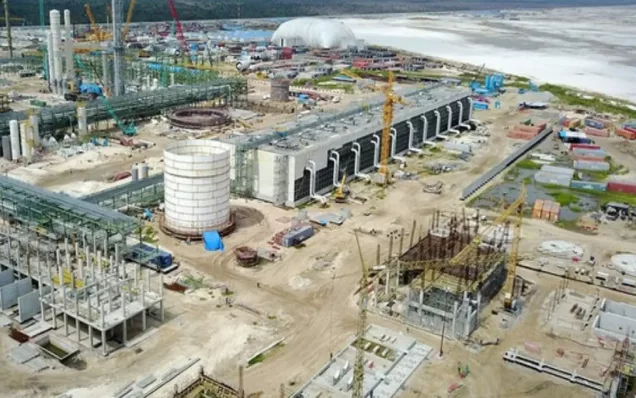Today we turn our attention to Nigeria’s energy sector. Power shortages continue to stifle economic growth. Although power generation capacity from the grid has peaked at 7,000 megawatts (MW), distribution capacity is still c.5000MW. The FGN currently estimates national energy demand at 22,230 megawatts (MW). Based on industry sources, the FGN has secured US$486m from the World Bank as funding for the expansion of the Transmission Company of Nigeria (TCN).
Initially, the TCN had secured US$1.55bn in funding from multilateral donor agencies for the same purpose. It is still unclear if the recently secured US$486m is part of the previous funding received from donor agencies or an additional credit line. If the latter is the case, we see it as a positive, given that the FGN targets a wheeling capacity of 20,000MW from the transmission grid over the next four years.
According to the most recent data from the federal ministry of power, works and housing, peak generation was 4,780MW on Monday (this week). Its lowest generation on the same day was 3,945MW.
We understand that at least 40% of most business operating costs is allocated to self-generation of energy. A survey carried out by the Manufacturers Association of Nigeria revealed that N130bn was spent on self-generated energy in 2016.

There is growing interest around off-grid solutions. Official thinking on power now includes developing alternative energy sources. The 700MW Zungeru hydro power plant project in Niger state is now 45% complete. Besides increased energy generation, the completion of this project will boost economic activity via job creation for the host communities.
Based on our estimates, if “full power” is attained and made routinely available to businesses and households, it could add at least two percentage points to annual GDP growth.














